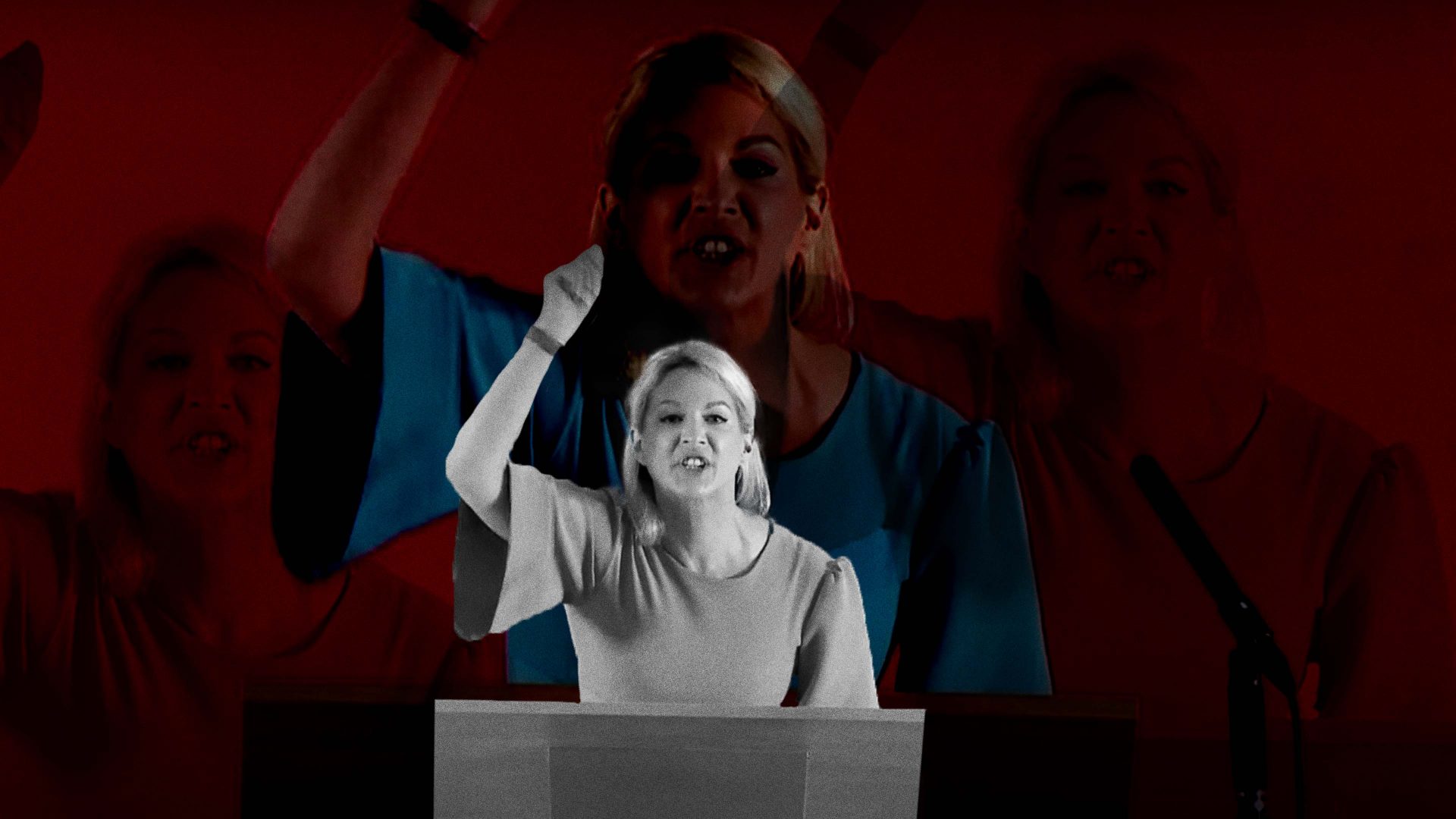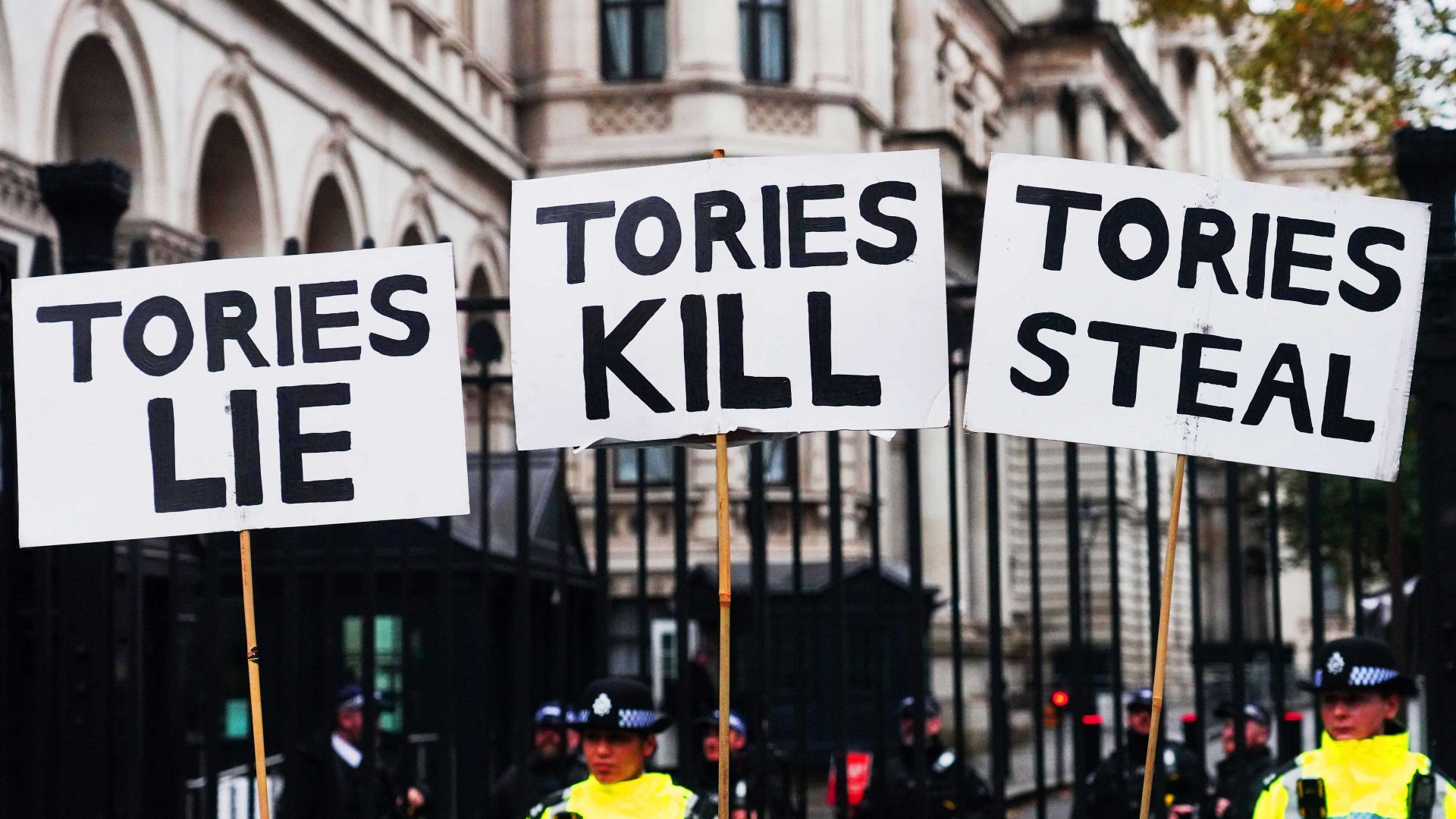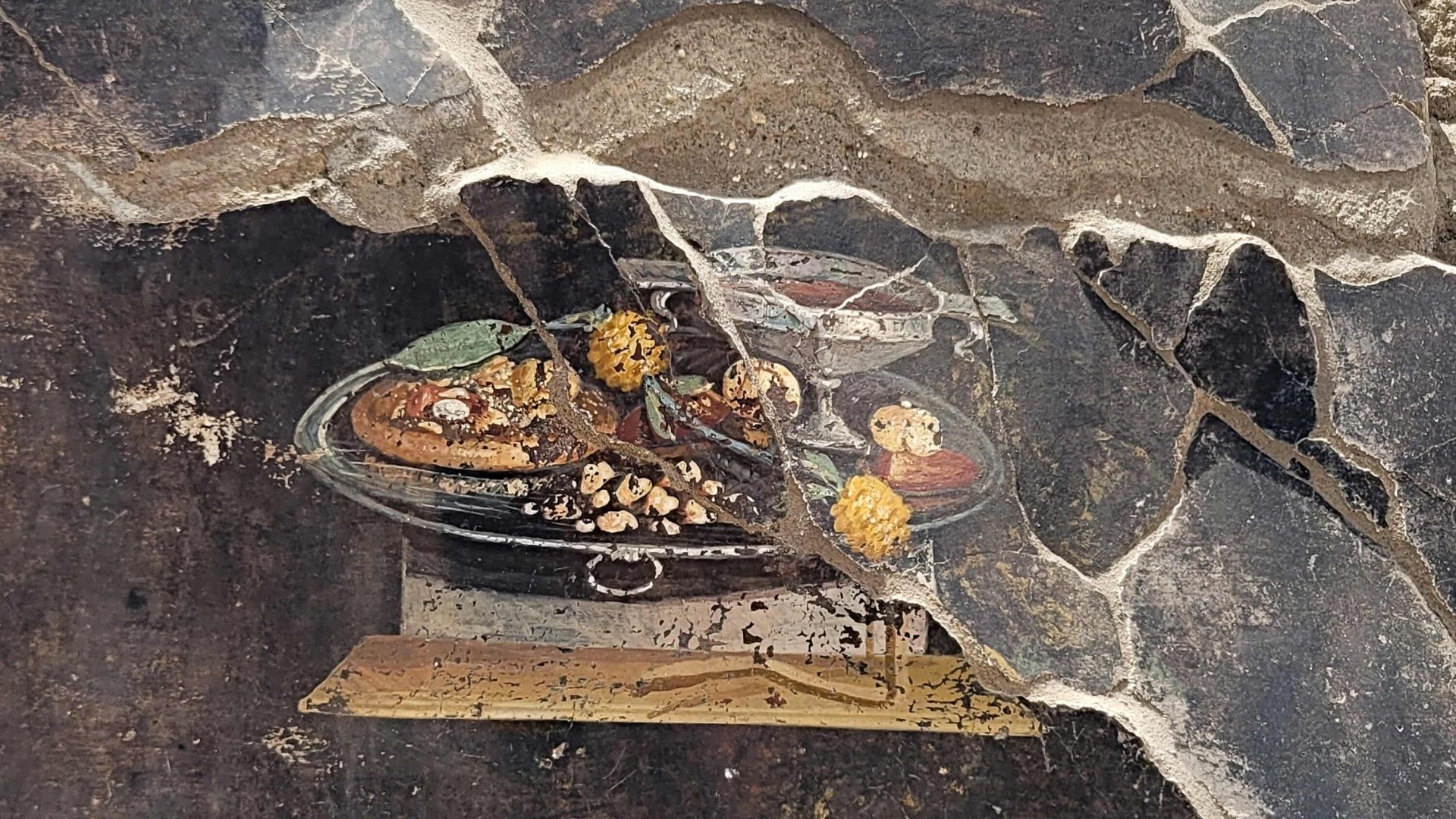“Living in London I get homesick for England,” tweeted the Reform Party commentator Alex Phillips last month. “It’s not ours any more. It’s not British”. If you follow Phillips’ voluminous commentary – from TalkTV to the Jeremy Vine show to BBC Politics Live – you won’t be surprised at this dog-whistle.
Phillips wants to stop the boats and claims the Tories aren’t trying hard enough. She believes wind farms are socially unjust. She wants to replace free NHS healthcare with a private insurance system. She wants Coutts to give Nigel Farage back his bank account. Though her party is polling in single figures, it is setting the agenda among right-wing Tories who are nervous about the next election.
So her comments made me think about the way xenophobia and anti-metropolitanism work for the modern far-right. Not only London, but all major UK cities, have become, for them, crystalline symbols of diversity. But because, in London, that diversity exists alongside aristocratic wealth and conspicuous monuments to white, colonial supremacy, the contrast hits you in the face.
It tells a story that – as Phillips’ comments reveal – can trigger extreme cognitive dissonance about what Britishness actually is.
The demographic facts about London don’t tell the whole story, but they are worth starting with. The 2021 census showed that 46.2% of its residents came from black, Asian, mixed or “other” non-white ethnicities, with a further 17% coming from white ethnic minorities (eg Irish, Gypsy, Roma and Traveller or the new category of “other white”).
That’s not just the product of long-term economic migration but the massive reliance of universities on fee-paying foreign students and the surge in work-visa migration since Brexit. But that, alone, doesn’t make London “alien” to the rest of England.
Leicester is 43% non-white. Some 64% of the population of Slough is non white. Luton, according to the ONS Census data, is a melting pot of ethnicities, with around 40% of its population coming from the Asian, black and non-English white groups.
No, what makes London as a whole unique is the low percentage of white English people who live there. That’s what sticks out from the ONS data maps. Get off the bus in Stockwell and you’ll hear Portuguese spoken. Or Ukrainian at Holland Park.
So London is not “ours” because it’s not white might be a reasonable interpretation of Phillips’ comment – especially coming from a figure who stood up at her party’s conference and shouted: “I am white and I don’t feel ashamed”.
Britishness defined as whiteness; nationality conflated with ethnicity – these are the leitmotifs of modern far-right thinking, and despite their irrationality, they can be politically powerful. Because social and economic inequalities map strongly on to the divide between the diverse and monocultural areas of our country.
Camden and Wigan, for example, are one hour and 55 minutes apart by train. Camden is nine times more densely populated. But it has half the death rate of Wigan and ten years’ better average life expectancy. Camden’s age profile looks like a Christmas tree – wide at the bottom among the under-30s and 40s; Wigan’s is more like an oval, wider among the over 50s, though still with a significant population of young workers.
These two social snapshots are symptomatic of the real divergences in life experience, health outcomes, ethnic diversity, culture, and income that divide Britain. The choice facing anybody responsibly involved in politics is whether to subsume them within a common national story, or accentuate them in order to turn them into grievances.
Once you define London as “not ours, not British” you are effectively choosing the latter. Anyone making such a choice needs to understand how dangerous the consequences could be.
I grew up in Wigan. I am white, English and – for me – being working class coincided with a precise, limited set of cultural codes. My childhood brain was filled with racist stereotypes by TV stand-up comedy and the British film industry. Because that period coincided with a high-point of economic wellbeing for my town, I understand very well how nostalgia for prosperity and nostalgia for a white monoculture can feed off each other.
But I also understand there is no going back. Because the mythic monoculture never existed. London was a multi-ethnic city long before I was born. Soho was Italian, Greek, gay and Jewish even when my grandfather stood there on Archer Street, during the Depression, trying to get gigs as a dance band saxophonist.
And you only have to watch a British movie from that era – try Charles Laughton in St Martin’s Lane – to understand that the “otherness” of London was a cultural fact already buried deep in the social psyche of Britain. London’s diversity has been a celebrated part of the British identity for more than a century. If you are tired of it, you are tired of modern life.
So let’s understand what right-wing populism is doing. For now, there are two competing narratives at work: nativism and outright racism. Suella Braverman wants to “stop the boats” in the name of a multi-ethnic British population; Britain First are picketing refugee hostels in the name of white supremacy. Reform UK skating along the razor’s edge between them.
When you hear a celebrity commentator, welcomed in TV studios across the land, saying London is “not ours anymore” you would be right to worry about where this is going to end.




